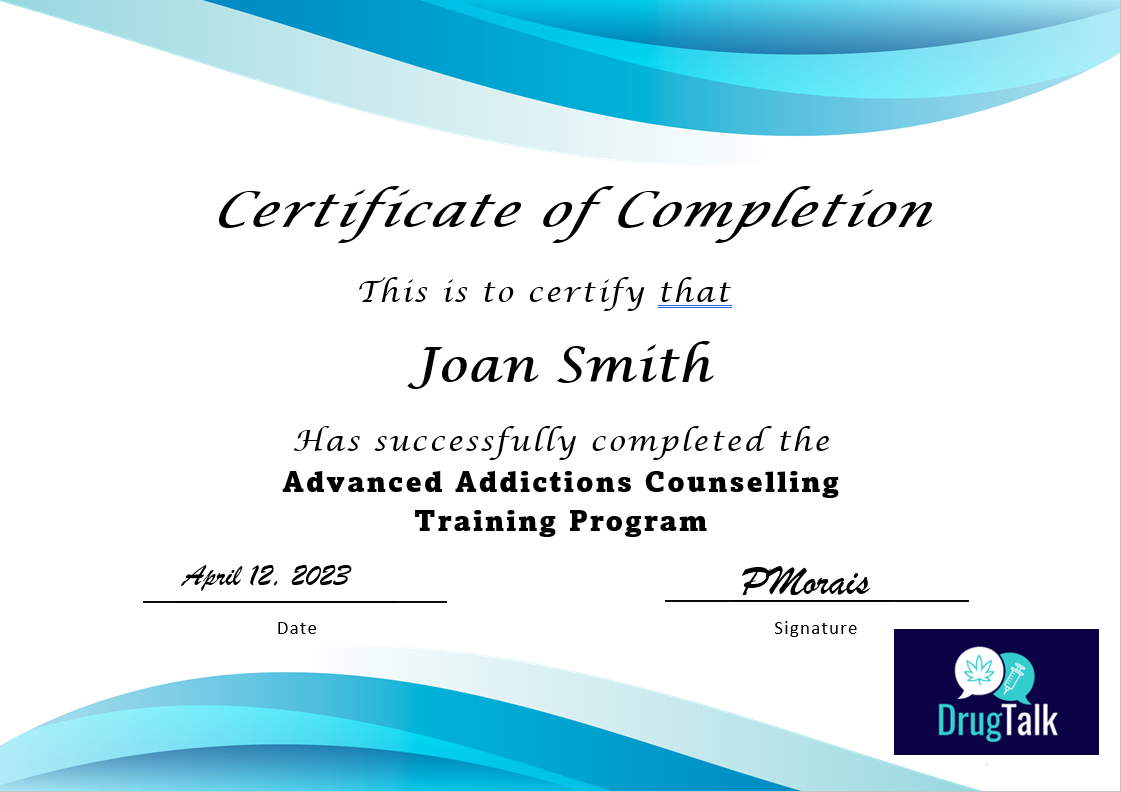COURSE SYNOPSIS
In this course, you will learn about the change process and gain knowledge about changes from several different angles. First, we begin by introducing you to one of the most widely-used models to explain how change works: Virginia Satir's Process of Change Model. This model will teach you the stages people go through when they make any change in their lives. Whether it's learning how to cook, moving across town. or being a single parent when a spouse dies, this model is universal and helpful for clients who may be overwhelmed by a need to adapt and change.
The second model highlights the benefits of change, an important concept,, because people often wonder if a change is worth it or whether it is best to maintain the status quo. This model will show very clearly that when people stay stuck in an unhealthy situation, they only experience pain and suffering. It will also show that for every difficult circumstance a person finds themselves in, there are benefits to be gained by making the necessary change.
The third model shows how the change process works when a person is attempting to overcome an addiction. This model can be of great help for clients who, in the early stage of recovery from addiction, are experiencing much inner turmoil and chaos because they are no longer engaging in mood-altering experiences.
Each Course Includes
Downloadable Pdf's

video tutorials

Online videos are included with every course. Some courses include more than one video.
quizzes

Quizzes designed to test your understanding
2
Learning Objectives For This Course
At the end of this course, participants will:
- Understand the process of change as outlined in the model proposed by Virginia Satir: The Process of Change.
- Be able to name all five of her stages of change and explain each one.
- Understand the Circle Model of Change and how this model can be used to clarify the benefits of change.
- Understand the Addiction Process Model of Change and how this model is useful when working with clients who have addiction issues.
- Acquire additional knowledge about change and be more effective at helping clients through the change process.

Additional Details...
Schedule
The course is pre-recorded and delivered online allowing you to start and finish according to your own schedule.
Flexible Program
Take only one course or register for a complete program. We have a full curriculum of great courses to choose from. Pick one or take them all! The choice is yours.
Great Resources
All courses include a video which can be purchased as a resource for your clinic or practice. Check out our great selection of powerful videos to bulk up your library of resources.
Sample of course material
The Process of Change
As a counselor working with clients, you are constantly working with change. In most cases when a client comes to see you they have a change that they're either contemplating or need to make. Therefore it makes sense that counsellors become experts at guiding their clients in the process of change. This course will greatly assist you in being able to do that.
Let’s begin by elaborating on two schools of thought that have permeated mass consciousness and can help people embrace the idea of change.
In 1859 Charles Darwin wrote a book called “On the Origin of Species by Means of Natural Selection” in which he shared with the world his “Theory of Evolution.” In the book, Darwin described with great clarity and undeniable logic how and why some species of animals and plants survive while others perish and become extinct. That book, along with the theories it contains, has been, and continues to be, one of most influential books ever written. It would be difficult to find the work of another single individual in the history of civilization that has been more impactful than what Darwin wrote over 150 years ago.
One of the main principles Darwin puts forth is species that can adapt are the ones that survive. This principle is known as “survival of the fittest.” He further proposed the best characteristic any species can have is “adaptability”— the ability to adapt to changing conditions. Sixty million years ago, dinosaurs and reptiles were the dominant life forms on this planet, but when the earth suffered a catastrophic impact with an enormous meteor, dinosaurs were unable to adapt to the dramatically changing environmental conditions and perished. Most of them became extinct, allowing mammals, who were more adaptable, to gain a stronger foothold. Eventually they became, and still are, the most dominant species on earth. Dinosaurs may have been much larger, more powerful, and could easily kill most mammals, but size and strength meant nothing when conditions changed so drastically. Adaptability was a much more important attribute, and Darwin showed how over and over this proved to be the most important quality to have if a species wishes to survive in the long term. Darwin helped the world realize how important the ability to adapt is. Thirteen hundred years before Darwin, the Buddhist...
Take this course individually or as part of our
Advanced Addiction Training Program


